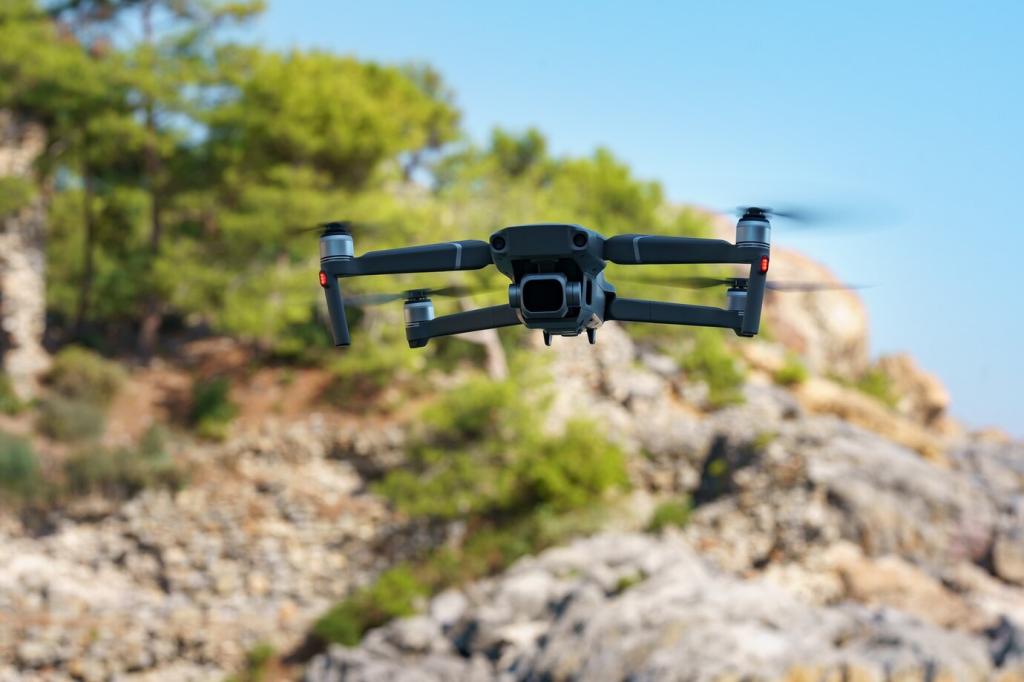Urban Microgrids and Renewable Energy Integration
Urban microgrids are revolutionizing the way cities manage and consume energy by enabling localized power generation and intelligent distribution. As urban centers continue to grow, integrating renewable energy sources like solar, wind, and storage solutions into these microgrids becomes paramount for ensuring reliability, sustainability, and resilience. This approach not only paves the way for greener cities but also empowers communities to take control of their energy futures. On this page, we explore the core concepts behind urban microgrids, their benefits, technological innovations, and challenges faced in integrating renewable energy within urban landscapes.
The Fundamentals of Urban Microgrids
A microgrid typically consists of interconnected loads and distributed energy resources within clearly defined electrical boundaries. This structure allows it to function as a single controllable entity, either connected to the main grid or operating in island mode during emergencies. Through real-time monitoring and sophisticated control algorithms, urban microgrids seamlessly balance energy generation, storage, and consumption to meet local needs, improving overall system reliability.
Embracing Renewable Energy Sources
Solar power is increasingly central to urban microgrids, owing to the flexibility of rooftop photovoltaic installations and solar canopies in dense environments. Integrating solar requires careful assessment of local irradiance, available surface area, and load profiles to optimize energy generation and storage. Smart inverters and dynamic load management systems further streamline the process, ensuring that fluctuating solar output effectively complements grid stability and delivers clean energy to urban residents.

Smart Control and Digitalization
Real-Time Monitoring and Analytics
The deployment of sensors and smart meters across urban microgrids enables granular, real-time monitoring of energy generation, consumption, and system health. Advanced analytics platforms aggregate this data, revealing consumption patterns, identifying inefficiencies, and providing actionable insights. By harnessing big data, urban energy managers can anticipate demands, make informed decisions, and continually refine operations for both economic and environmental benefit.
Automated Energy Optimization
Automation is critical for balancing the variable supply from renewables with fluctuating urban demand. Algorithm-driven control systems dynamically adjust generation, storage, and load-shedding strategies to maintain optimal balance. These systems enable microgrids to self-heal after disruptions, integrate demand response programs, and respond swiftly to pricing signals, thereby reducing costs and maximizing the use of clean energy without manual intervention.
Enhancing Cybersecurity and Grid Resilience
As digital infrastructure becomes more pervasive within urban microgrids, the imperative to safeguard against cyber threats grows. Robust cybersecurity protocols, including encryption and secure authentication, are essential for protecting control systems and sensitive data. Proactive risk assessments, continuous monitoring, and rapid incident response bolster the resilience of urban microgrids, ensuring continued operation in the face of ever-evolving digital risks.

